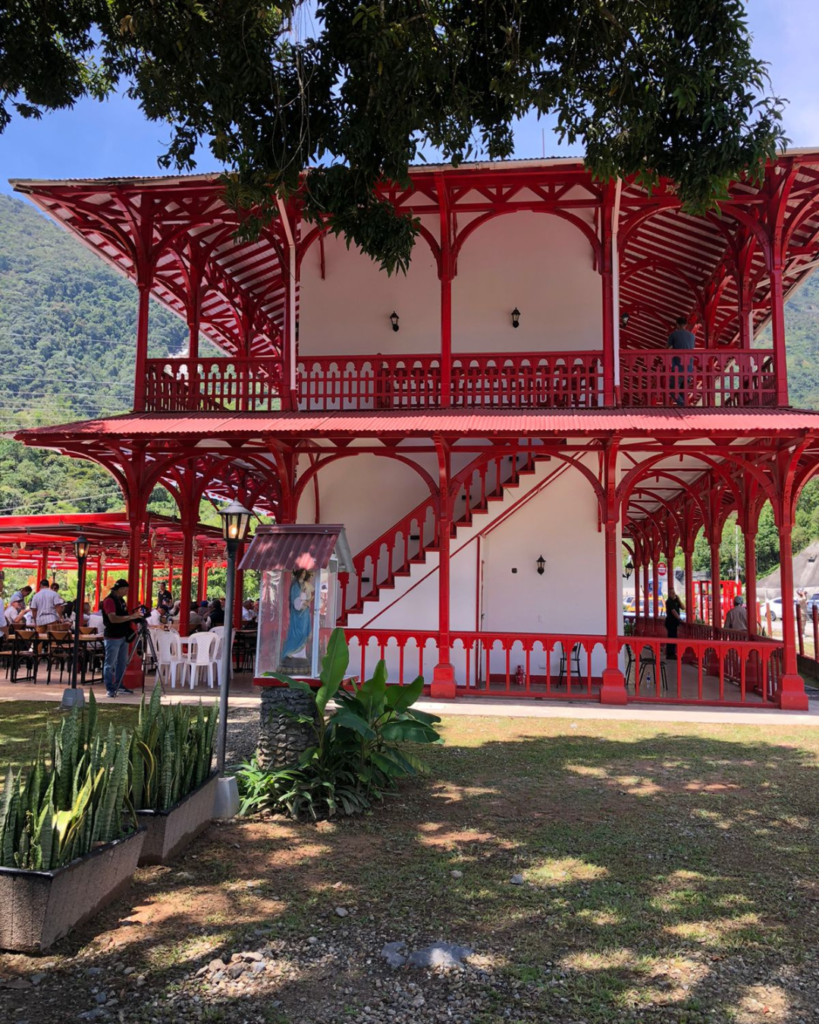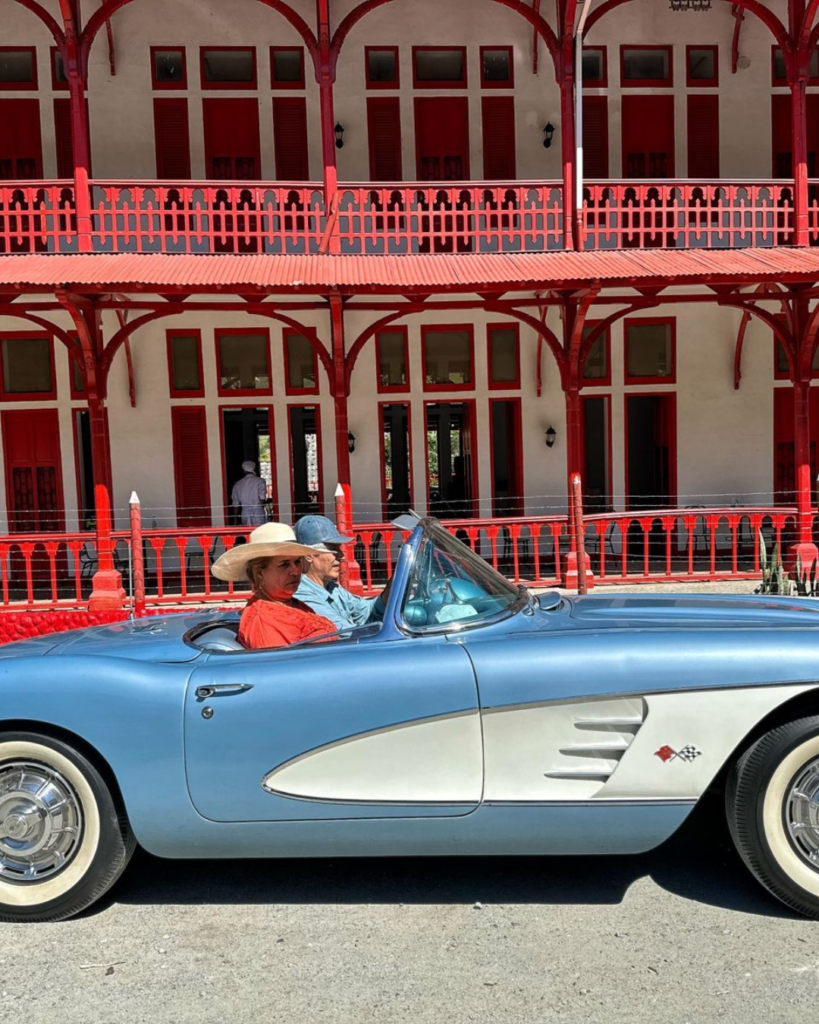Parviando Por Antioquia – Cisneros – Santo Domingo
“entre los municipios antioqueños de santo domingo y cisneros hay un territorio histórico”









La tumba del visionario – El honorable antioqueño Alejandro López Restrepo…
Version Español
Nació en Medellín en 1876 y murió en Fusagasugá, Cundinamarca, en 1940, pero su cuerpo yace enterrado aquí, en el túnel de La Quiebra, de Santo Domingo, Antioquia.
El cortejo fúnebre multitudinario se desplazaba lento, mientras las campanas de la iglesia en Santiago sonaban con asombro y melancolía anunciando el deceso de uno de los más destacados hijos de estas tierras. A los 64 años de edad, tras una corta vida y una larga y brillante trayectoria profesional e intelectual, murió el ingeniero Alejandro López. Su último deseo fue ser enterrado en su obra cumbre: el túnel de La Quiebra.
Antes del túnel de La Quiebra, aquel novedoso sistema de transporte por ferrocarril (el Ferrocarril de Antioquia), cuya construcción comenzó en 1875, era un dolor de cabeza de alto impacto económico, puesto que personal y mercancías debían ser traspasados en mulas y carros hacia la otra parte de la impenetrable montaña de La Quiebra, hasta que, en 1899, el entonces estudiante de Ingeniería de la Universidad de Antioquia diseñó la solución correcta: un túnel.
Muchas variables debieron converger: el liderazgo del presidente antioqueño Pedro Nel Ospina, el conocimiento del ingeniero López, la confianza política y técnica, y el dinero suficiente (entregado por Estados Unidos como indemnización por haberse apropiado indebidamente de Panamá, antiguo territorio de Colombia). Fue contratada en el año 1926 la firma canadiense Frasser, Bracer & Co. para la construcción de un túnel de 3742 metros, a un costo de tres millones de dólares. Instalaron una planta hidroeléctrica de mil kilovatios y motores diésel de petróleo, y usaron taladros de aire comprimido y maquinaria pesada para remoción de tierra que causaron admiración por la novedad tecnológica.
El 7 de agosto de 1929 fue inaugurado el túnel de La Quiebra. Llegó a ser, con sus tres y medio kilómetros de largo, el segundo en América Latina y el séptimo del mundo, y le permitió a Antioquia un nuevo logro: una conexión rápida y eficiente con el río Magdalena tras la conquista de la montaña invencible.
Usted está aquí, en la tumba del visionario
Le solicitamos contemplación y respeto
Gloria Inés Montoya Mejía
Version Inglés
He was born in Medellín in 1876 and died in Fusagasugá, Cundinamarca, in 1940, but his body lies buried here, in the ‘Tunnel of La Quiebra’, in Santo Domingo, Antioquia.
The multitudinous funeral procession moved slowly, while the bells of the church in Santiago rang with astonishment and melancholy announcing the passing of one of the most outstanding sons of these lands. At the age of 64, after a short life and a long and brilliant professional and intellectual career, the engineer Alejandro López died. His last wish was to be buried in his greatest work: La ‘Quiebra Tunnel’.
Before ‘La Quiebra Tunnel’, that novel railroad transportation system (the Antioquia Railroad), whose construction began in 1875, was a headache of high economic impact, since personnel and goods had to be transported by mules and wagons to the other side of the impenetrable ‘La Quiebra’ mountain. This happened until 1899, when the then engineering student of the University of Antioquia designed the right solution: a ‘tunnel’.
Many variables had to converge: the leadership of Antioquian president Pedro Nel Ospina, the knowledge of the engineer López, political and technical trust, and enough money (given by the United States as compensation for having misappropriated Panama, a former Colombian territory). The Canadian firm Frasser, Bracer & Co. was contracted in 1926 to build the tunnel of 3,742 meters, at a cost of three million dollars. They installed a hydroelectric plant of one thousand kilowatts and diesel oil engines, and used compressed air drills and heavy machinery for earth removal that caused admiration for the technological innovation.
On August 7, 1929, the ‘La Quiebra Tunnel’ was inaugurated. With three and a half kilometers long, the tunnel became the second in Latin America and the seventh in the world. It allowed Antioquia to reach a new achievement: a fast and efficient connection with the Magdalena River after the conquest of the invincible mountain.
You are here, at the tomb of the visionary
We ask for your contemplation and respect
Gloria Inés Montoya Mejía
